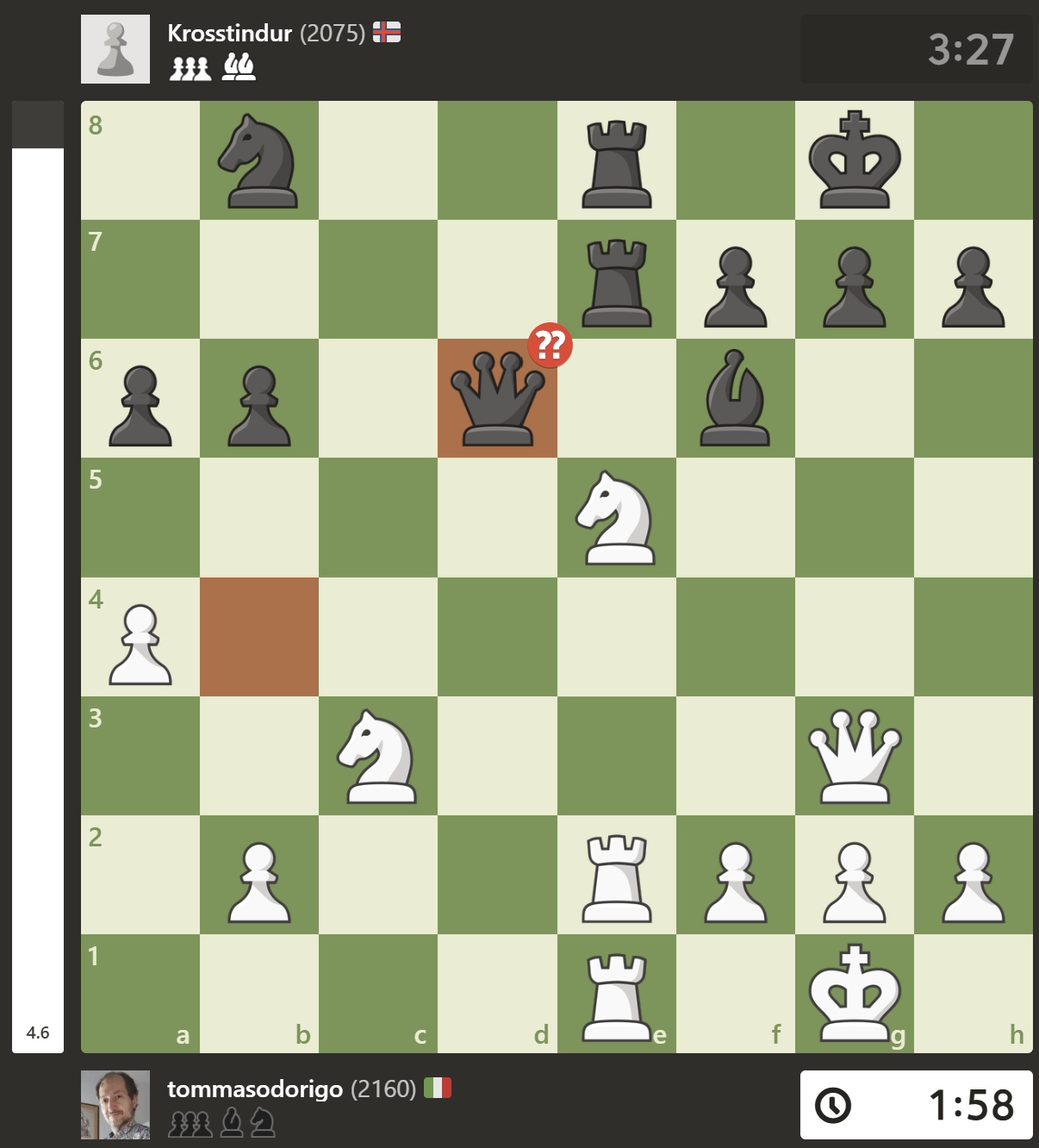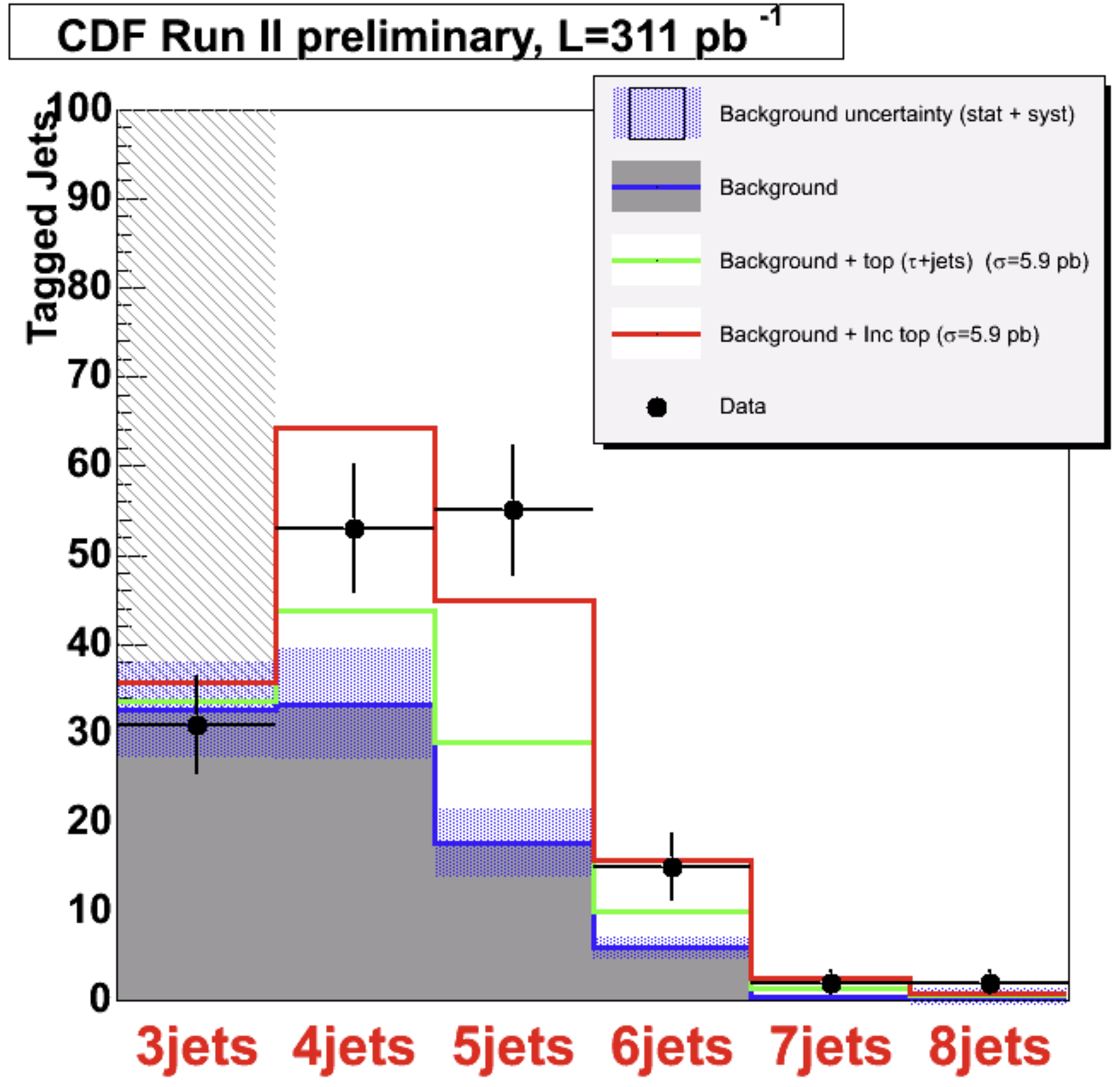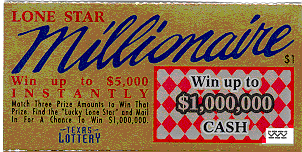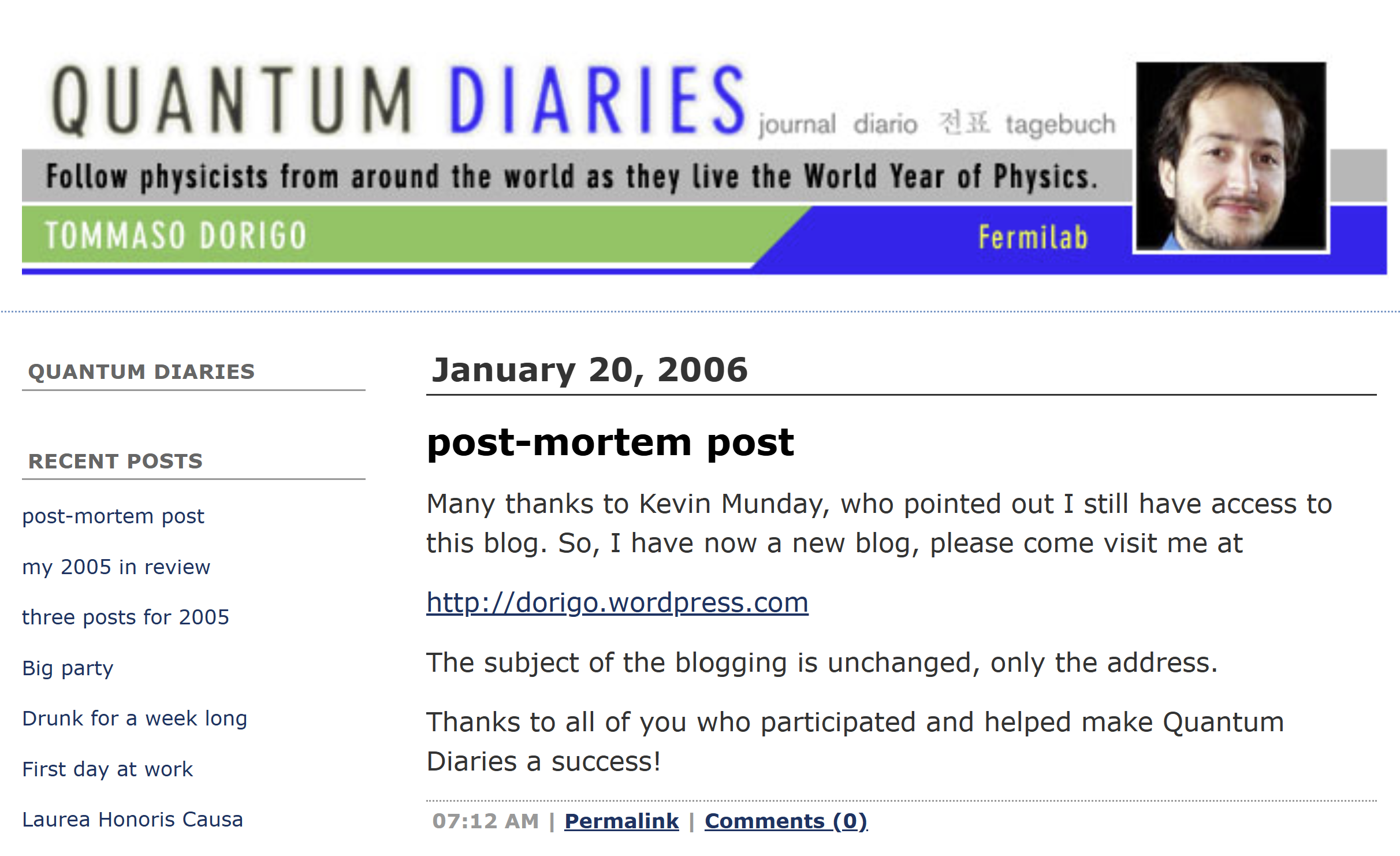I thought it would be good to let you readers of this column know that in case you wish to order the book "Anomaly! Collider Physics and the Quest for New Phenomena at Fermilab" (or any other title published by World Scientific, for that matter) you have 10 more days to benefit of a 35% discount off the cover price. Just
visit the World Scientific site of the book and use the discount code
WS16XMAS35).
I am spending a week in Israel to visit three physics institutes for colloquia and seminars: the Tel Aviv University (where I gave a colloquium yesterday), the Haifa Technion (where I am giving a seminar today), and the Weizmann institute in Rehovot (where I'll speak next Wednesday).
Today I am actually quite proud of my research institute, the "Istituto Nazionale di Fisica Nucleare, INFN, which leads Italian research in fundamental physics. In fact a selection to hire 73 new researchers with permanent positions has reached its successful conclusion. Rather than giving you my personal opinions (very positive!) I think it is better to let speak the INFN president Fernando Ferroni, and the numbers themselves.
During the past few months I have been giving seminars and colloquia in several institutes around Europe and the US. The topic was more or less always the same, i.e. the discovery criterion used in fundamental physics to decide whether to claim for the observation of a new phenomenon. We set this at 5-sigma -that's, e.g., how the Higgs boson has been discovered in 2012. This is an arbitrary choice, and there is a lot to learn from a study of the history of how the criterion became an established practice, and from the statistical issues it entails.
Here is a list of the past events:
- Oslo University, October 26
- LIP Lisbon, October 27
- SLAC laboratory, November 8
- Northwestern University, November 11
- Royal Holloway University London, November 30
Today while I was having a shower I happened to think at how cool it is that we can actually measure the rate of production, in single hadron-hadron collisions, of multiple elementary particles. A graph like the one below, now routinely produced by ATLAS and CMS whenever they collect more data or switch to a higher center-of-mass energy, looks "natural" to produce, but it is actually surprising that we indeed can pull it off - it requred careful design choices in a number of ways. I wish to discuss one of these here.

In any physicists' new-year wish list there is a mandatory item: the finding of some unexpected, bolt-from-the-blue new physics result - possibly leading to highly-cited publications, press interviews and invitations, and ultimately career advancements or other similar ego boosts. Because we do it for the progress of mankind and the furthering of human knowledge, but we also do it for ourselves- we are human beings too.
 Holiday Chess Riddle
Holiday Chess Riddle Why Measure The Top Quark Production Cross Section?
Why Measure The Top Quark Production Cross Section? The Buried Lottery
The Buried Lottery Twenty Years Blogging
Twenty Years Blogging





